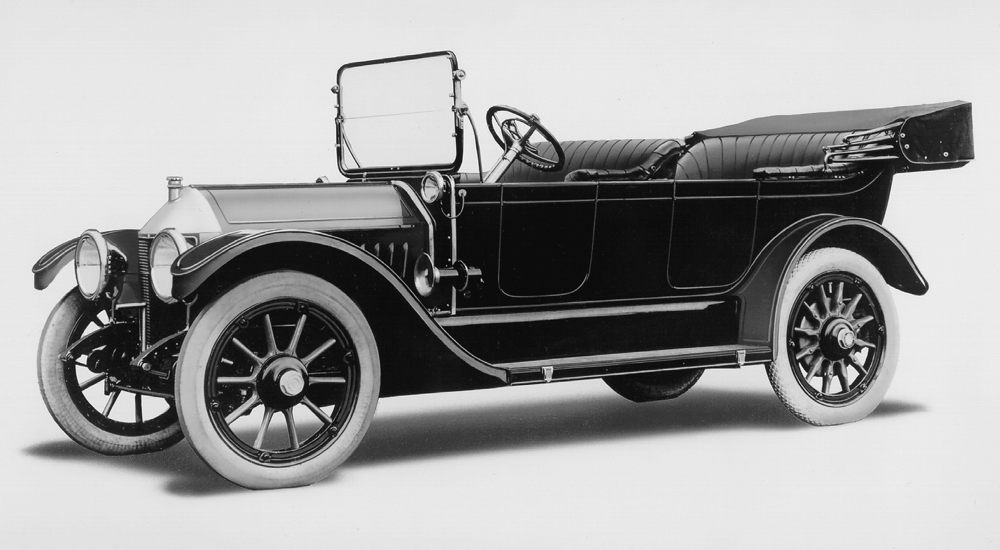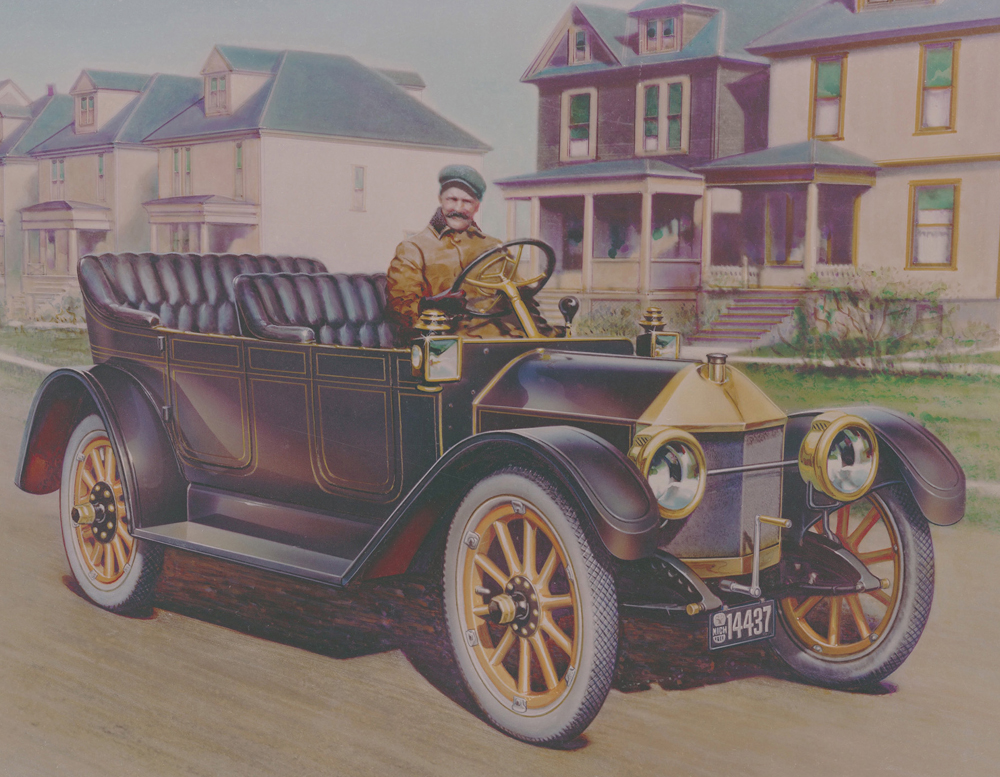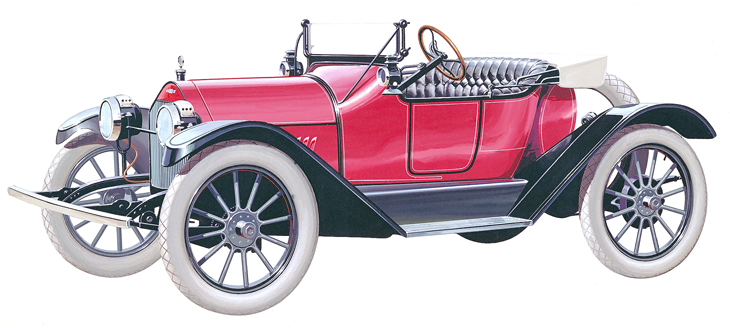
1912 Chevrolet Classic Six
The Classic Six was the first car to bear the Chevrolet name after William Durant and Louis Chevrolet came together to found a company building cars using the famous Swiss race driver’s last name. It was a large, luxurious and powerful machine, boasting the biggest capacity engine of any Chevrolet up until the ‘big-block’ V8 era of 1958. The imposing vehicle carried a price tag of $2150, which made it much more expensive than most of its contemporaries. Very much Louis Chevrolet’s dream car, it was designed in collaboration with his friend, the French engineer Etienne Planche. Unveiled in 1911, it was launched in 1912, but lasted only until 1914 after the company’s focus shifted towards more affordable machines, something that prompted Louis Chevrolet to resign as he disagreed with Durant’s policy. A total of 5,987 were constructed. “This was the first Chevrolet, so it’s very significant,” says Ed of the Classic Six. “Louis Chevrolet used all his experience and background to create it and make history.”

One year after the Chevrolet Motor Car Company was established, the first car to bear Chevrolet’s name—a thoroughly contemporary, powerful and luxurious car—rolled out of a pilot factory in Detroit. This $2,100 Chevrolet was introduced as the Type C Six for 1913.


1914 Chevrolet Royal Mail Roadster
In late 1913, just two years after its founding, Chevrolet introduced the 1914 “Royal Mail” Roadster. It was the first Chevy to wrap almost every Chevrolet-specific attribute into one car. Contemporary and jaunty, the Royal Mail had great visual appeal. Its reliable 171-cid 4-cylinder engine had overhead valves, a premium design that contributed to its relatively high power rating. The car’s moderate $750 list price included a top, windshield and speedometer – items that had been accessories on more expensive cars just a few years before. In retrospect, it seems fitting that the Royal Mail was one of the first models to carry the Chevrolet bowtie badge.
The four-cylinder “Royal Mail” roadster and “Baby Grand” touring car models Durant introduced at $750 and $875 respectively in mid-1913 set Chevrolet on the road to achieving this goal.

You must be logged in to post a comment.